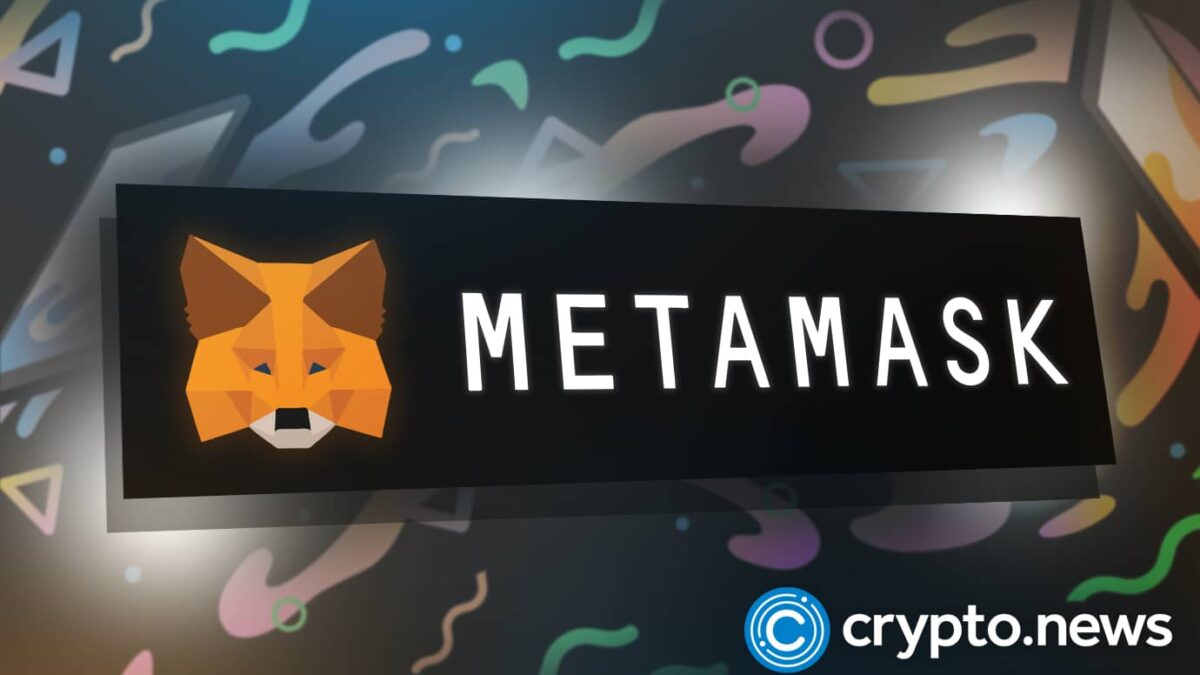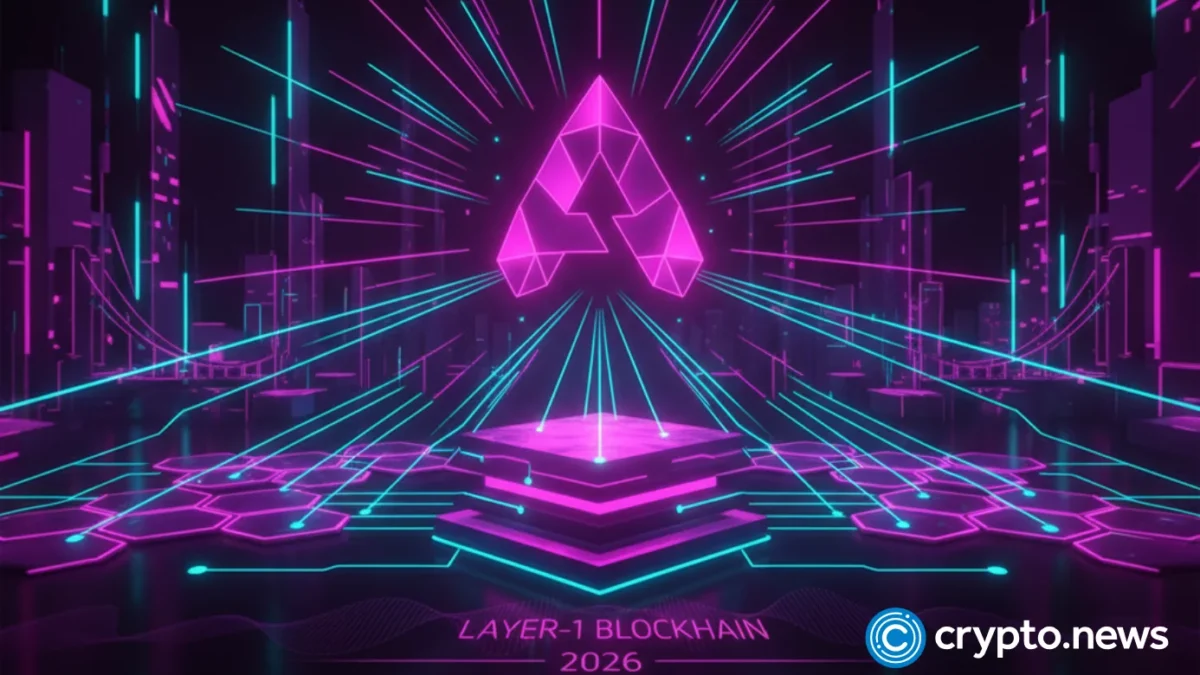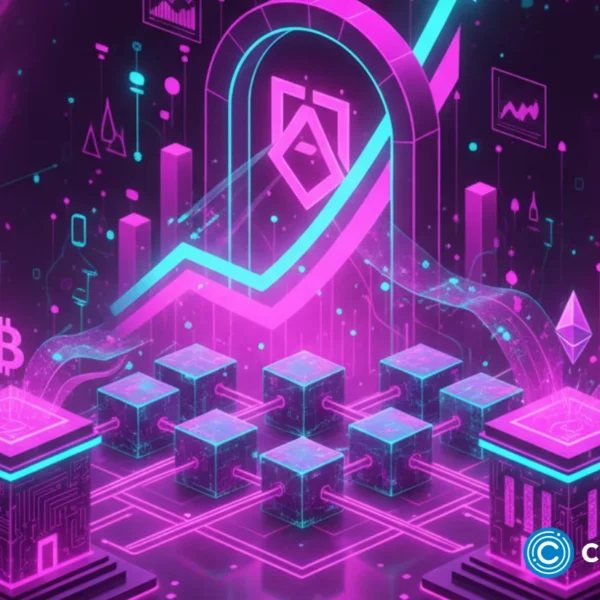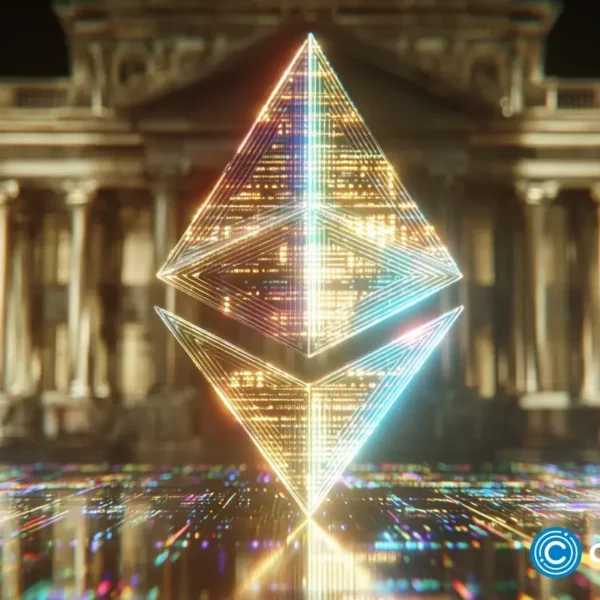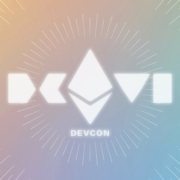Vitalik Buterin unveils GKR protocol for faster proof systems

Vitalik Buterin has shared new research that could reshape how Ethereum approaches proof verification and scaling in the coming years.
Summary
- Vitalik Buterin introduces GKR, a protocol for faster proof aggregation.
- GKR improves efficiency for Ethereum’s ZK and rollup systems.
- It marks a step toward Ethereum’s “Lean” and quantum-secure vision for 2025.
Vitalik Buterin has introduced the GKR protocol, a breakthrough proof system designed to make zero-knowledge computations faster and more efficient.
Published on Oct. 20, on his personal blog vitalik.eth.limo, Buterin’s new tutorial details the Goldwasser–Kalai–Rothblum protocol. This recursive proof aggregation method has the potential to change how Ethereum (ETH) handles scaling and verification completely.
GKR protocol and the future of proof efficiency
The GKR framework verifies large computations with little on-chain overhead, simplifying complex cryptographic proofs. Buterin describes how GKR processes proofs in logarithmic time without requiring costly intermediate commitments, making it far more efficient than conventional ZK-SNARK or STARK systems.
In his post, Buterin credits Lev Soukhanov, Zhenfei Zhang, and Zachary Williamson for their feedback and review, emphasizing that GKR’s core strength lies in its scalability. “It’s a natural fit for proving large batches of hashes and neural network-style computations,” he wrote, highlighting its suitability for both blockchain and AI workloads.
Because of the protocol’s design, provers can omit commitments at intermediate stages, which lowers the cost and computational load. Although GKR isn’t zero-knowledge itself, it can be wrapped in ZK-SNARK or STARK layers for privacy, combining succinctness with confidentiality.
A key piece in Ethereum’s roadmap
GKR aligns with Buterin’s broader vision for “Lean Ethereum,” a simplified and quantum-resistant network design. It directly supports Ethereum’s move toward faster finality, proof aggregation for rollups, and zero-knowledge-based scalability.
This release follows several related initiatives from Buterin, such as suggestions for advanced interoperability tools between layer-2 networks, partial stateless clients to minimize node storage, and governance enabled by ZK. Together, they aim to make Ethereum more efficient, private, and accessible.
Ethereum’s cryptographic backbone may get lighter and faster as developers start experimenting with GKR-based systems, which would help realize Buterin’s long-term goal of scalable, verified computation.





